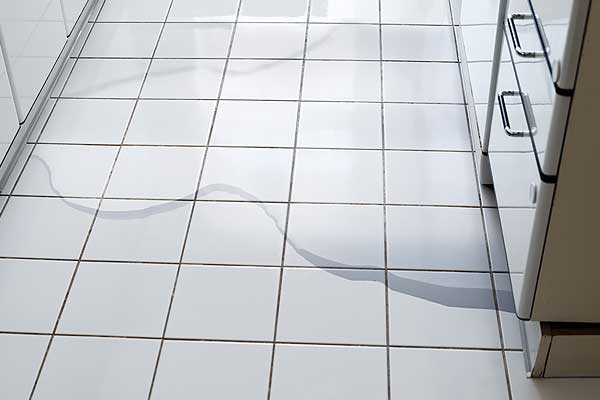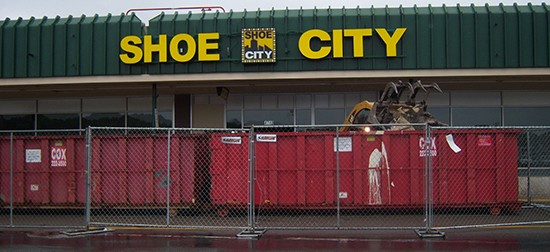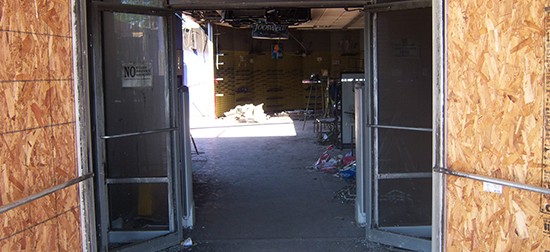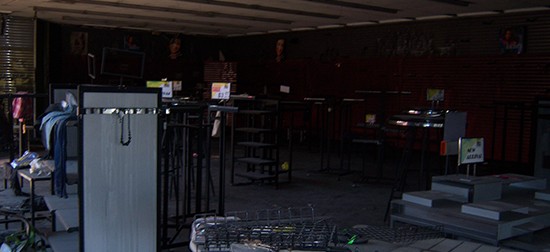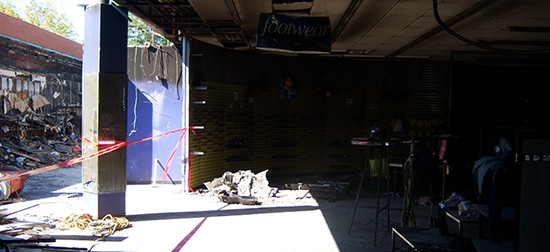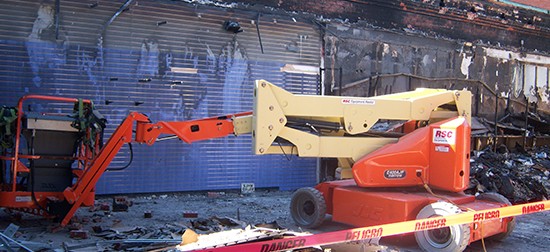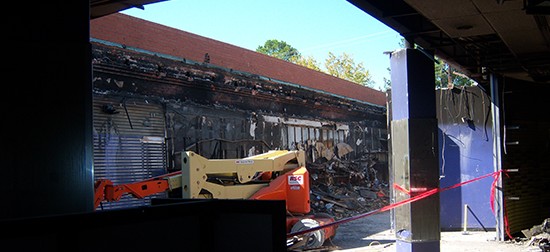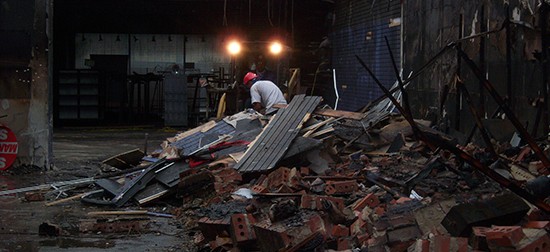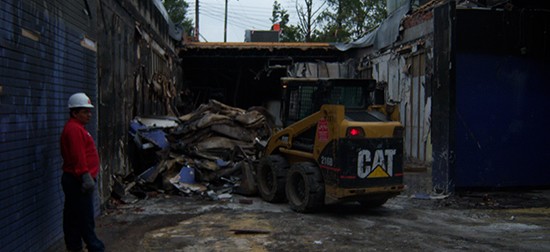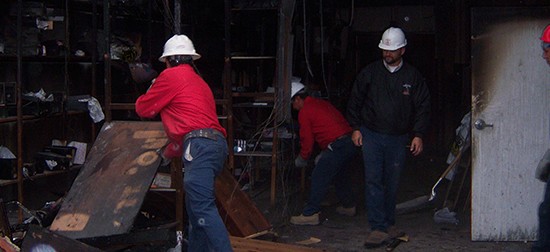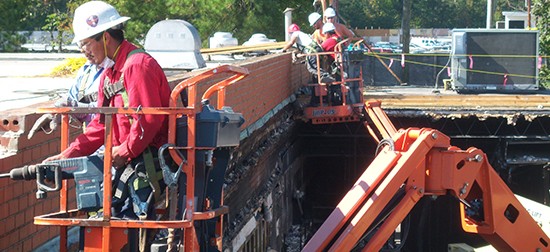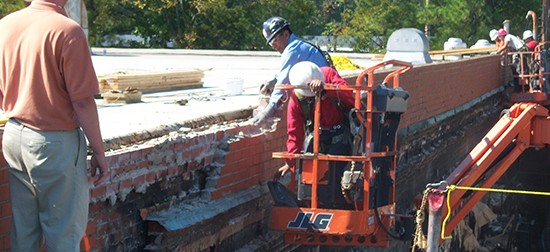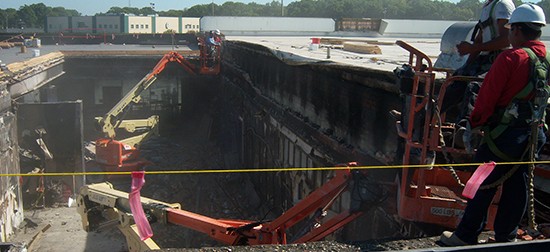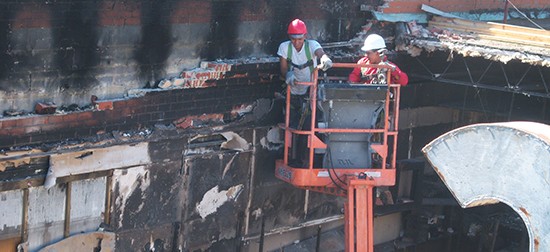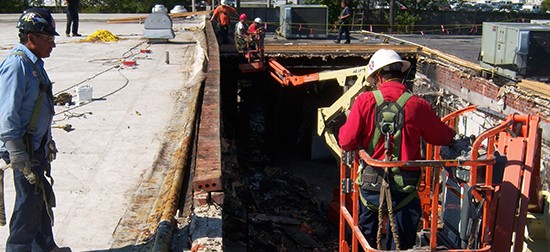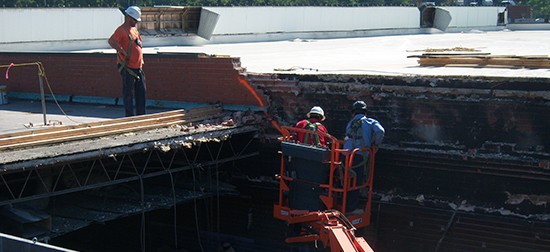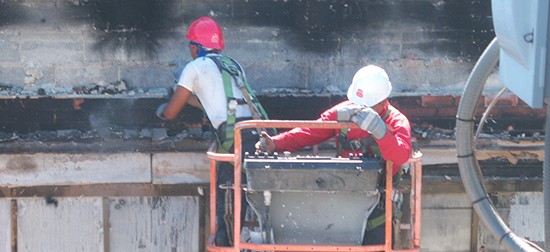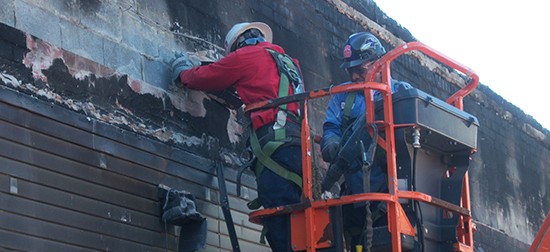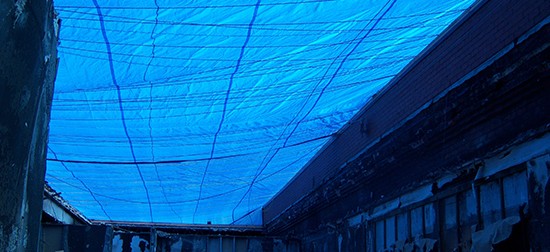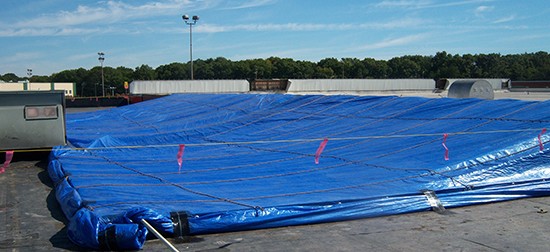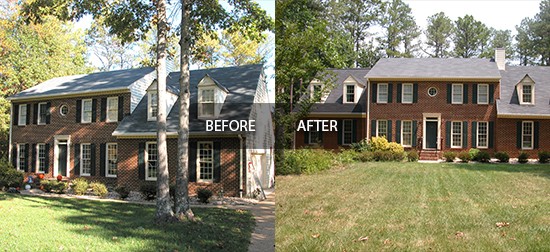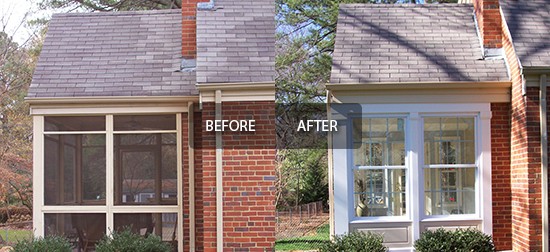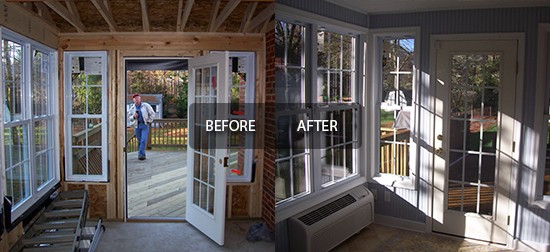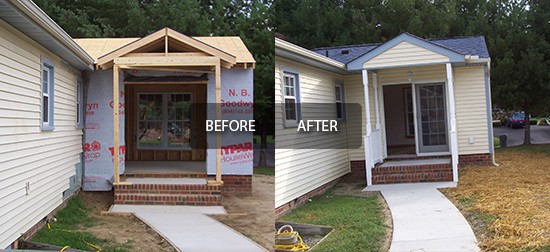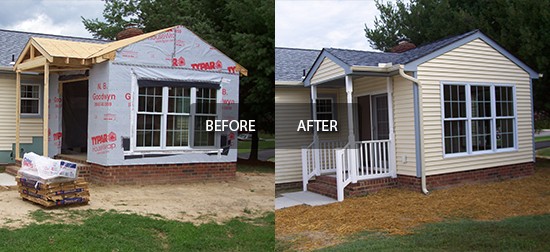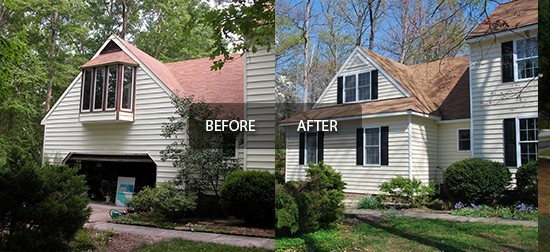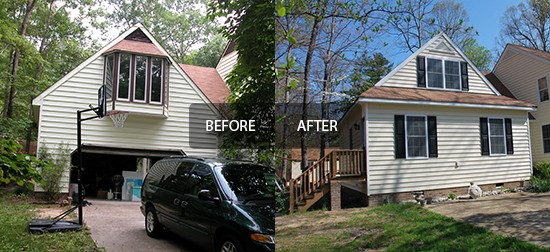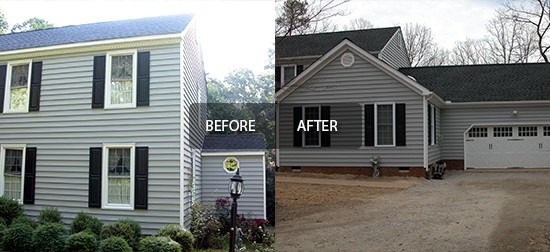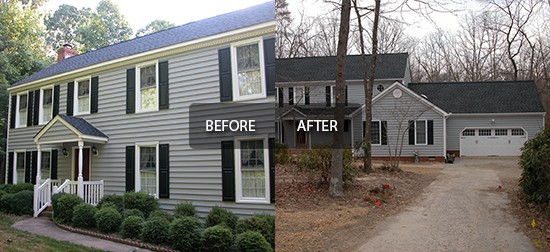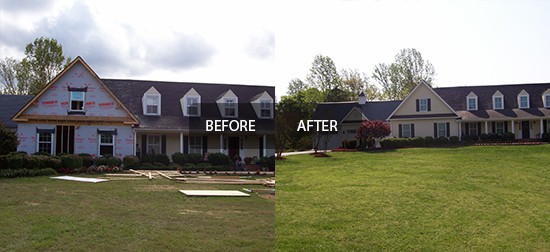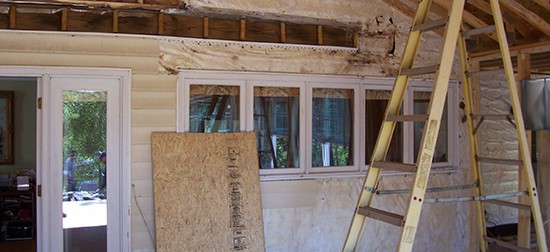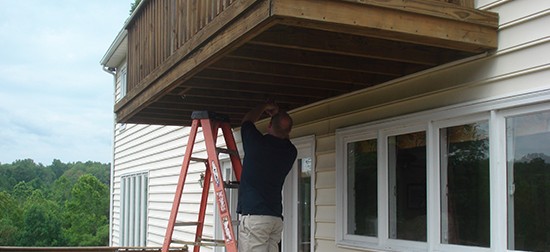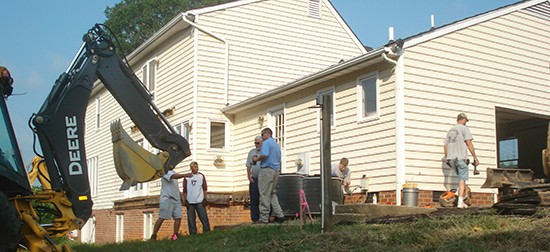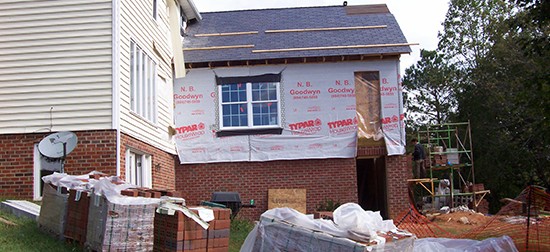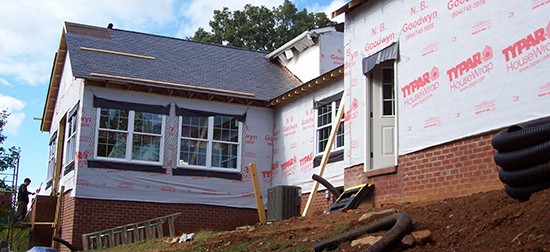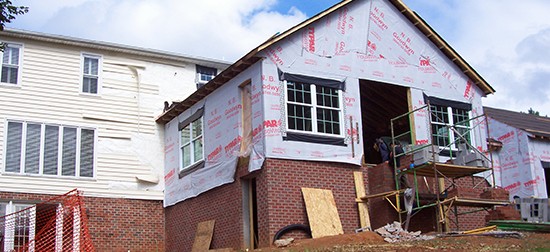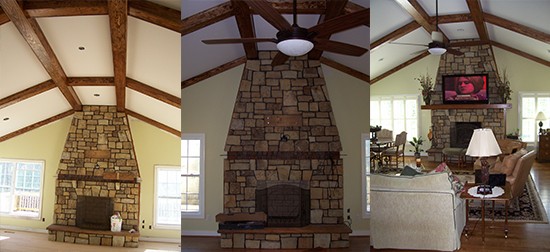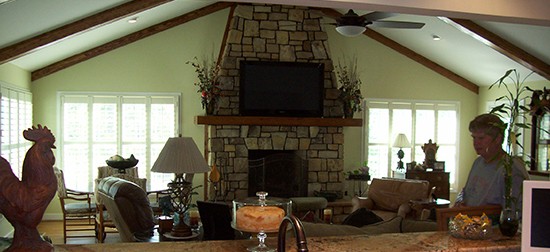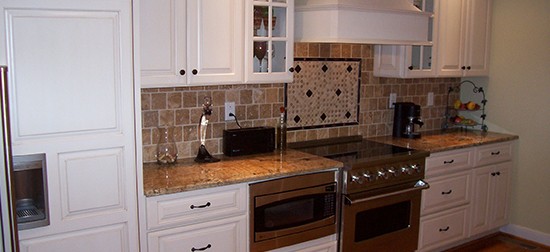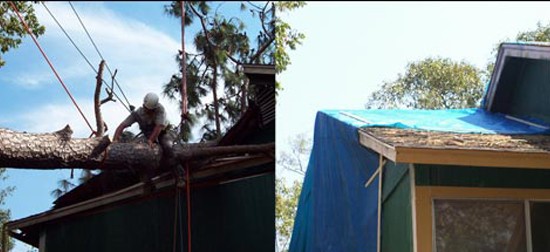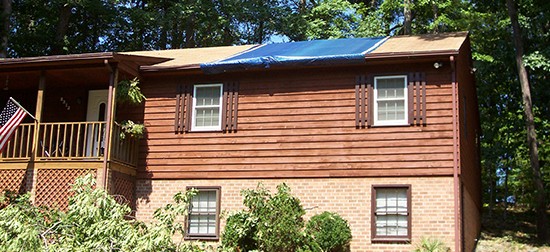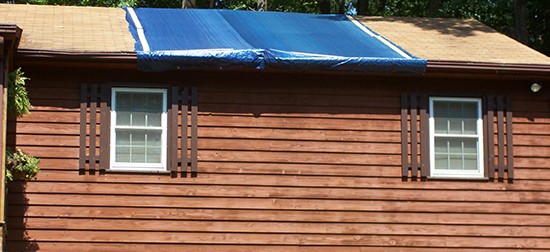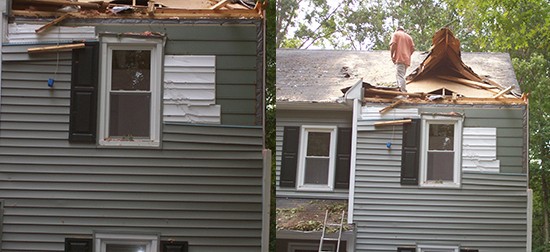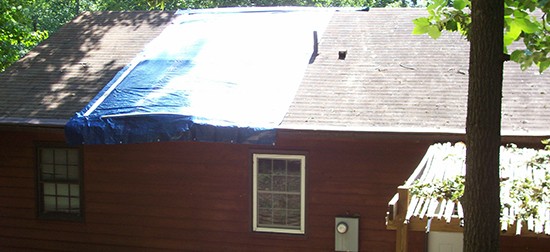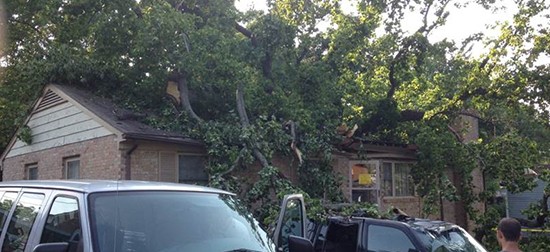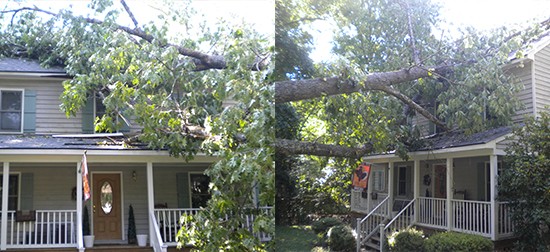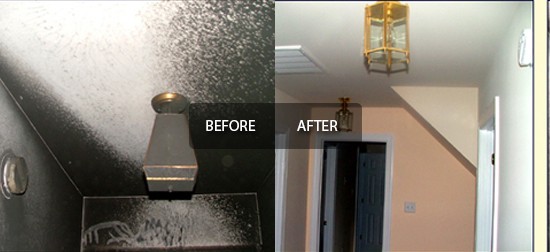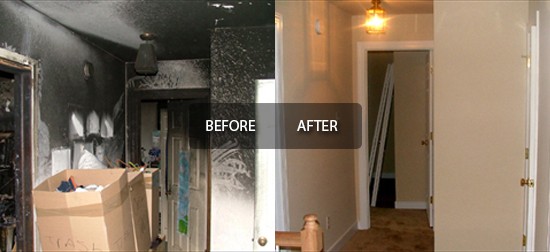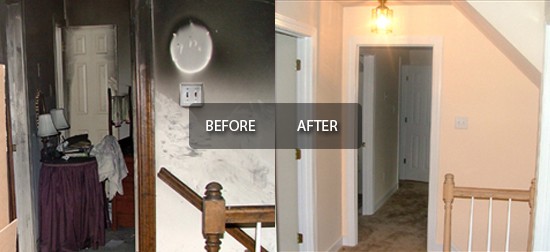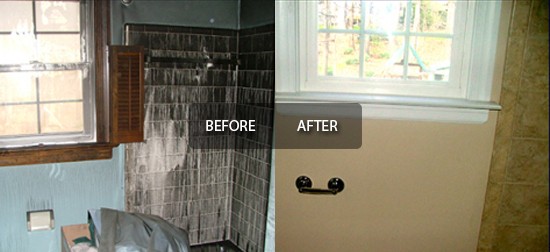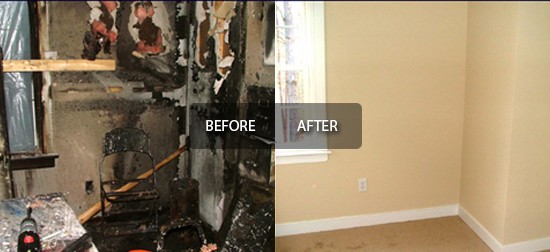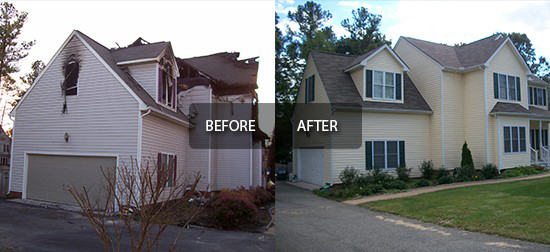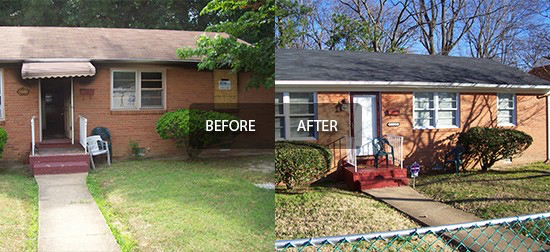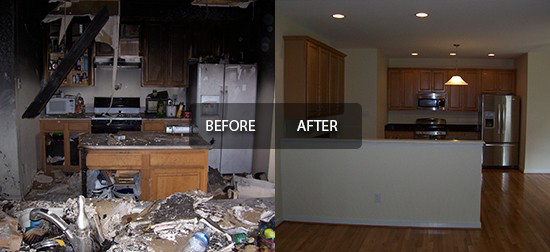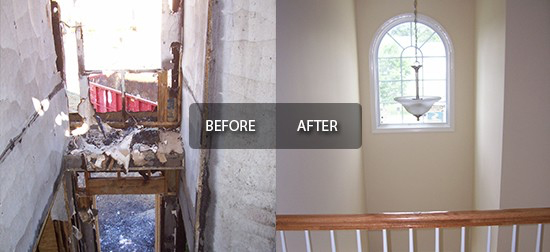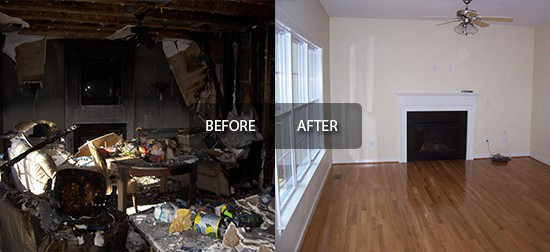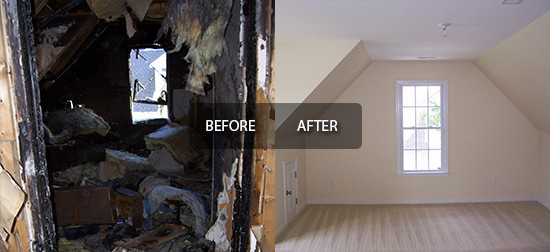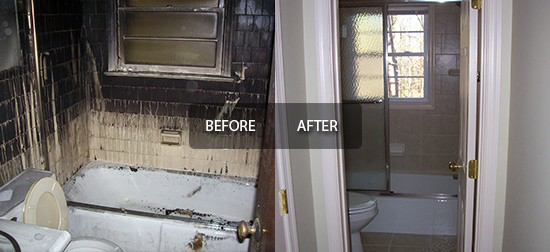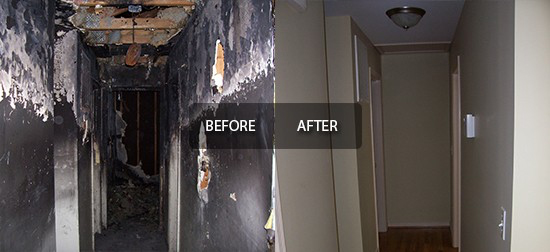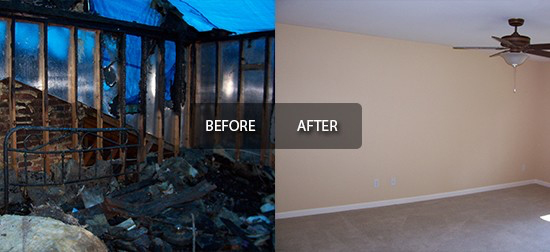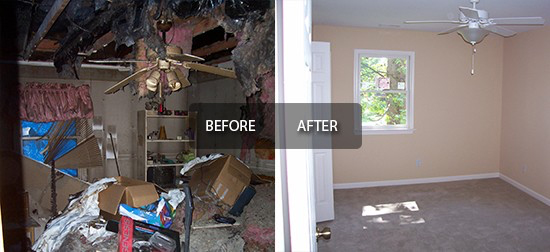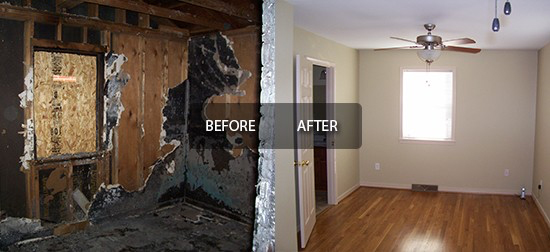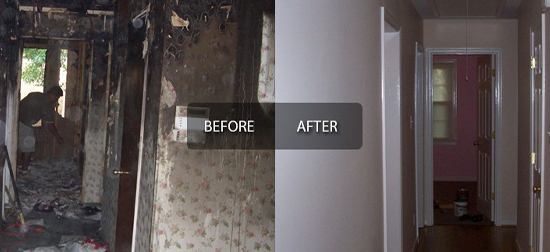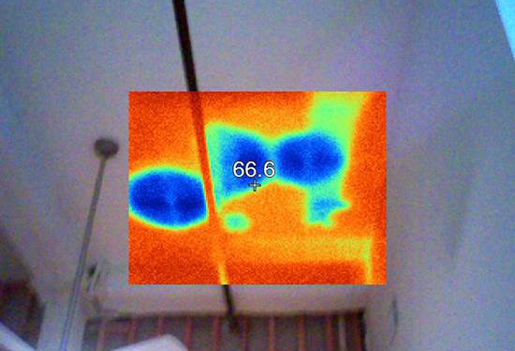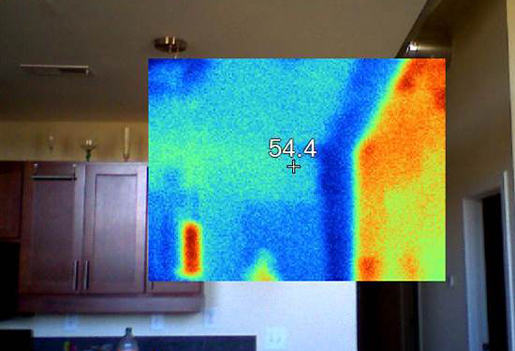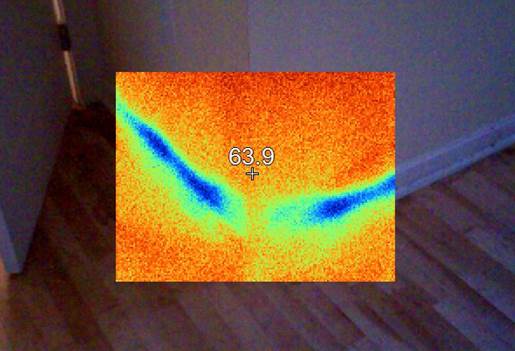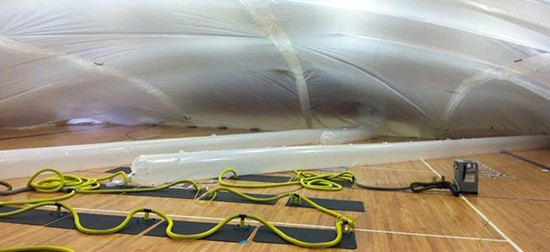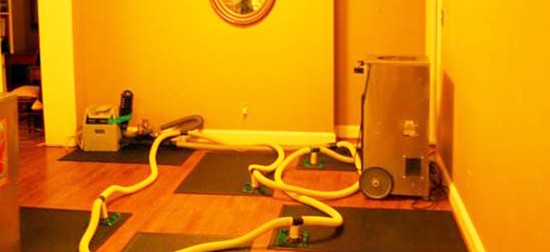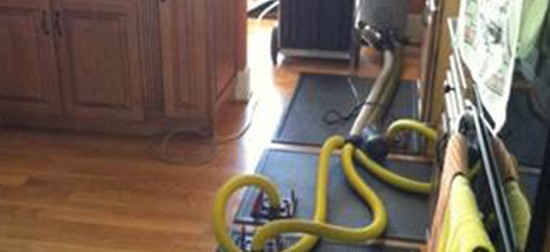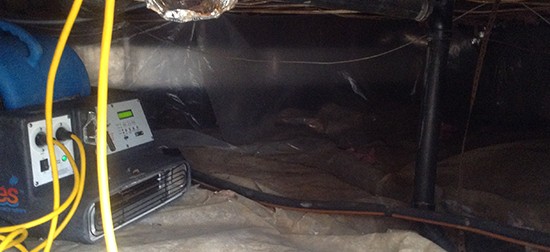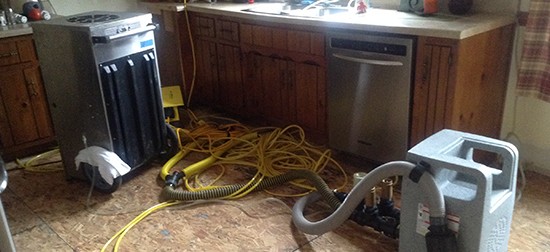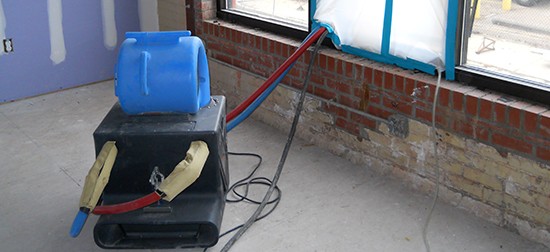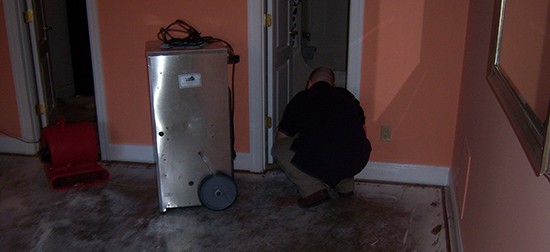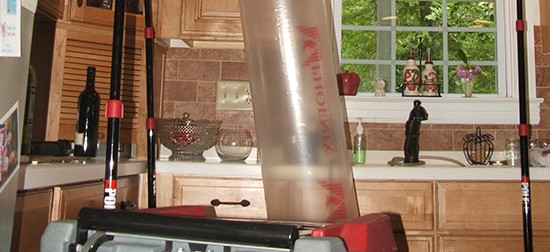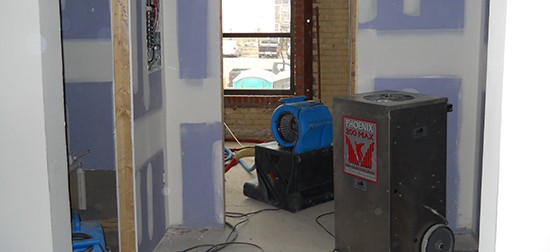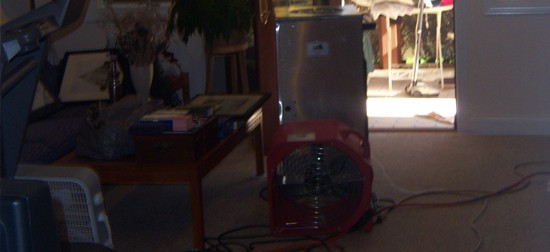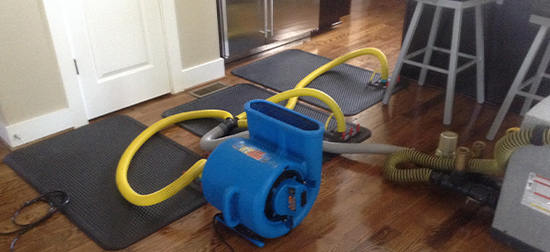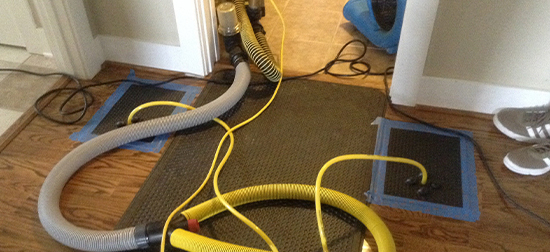When water damage happens, you need to begin the water clean up process right away. Waiting too long can have several negative effects. If you are dealing with floodwater, you will want to let our emergency team cover it.
They have the needed skills and equipment to stay safe. You may not have these advantages and will be in danger when trying to clean up flooding on your own. This quick guide has everything you need to know about water clean up.
Potential Hazards
When your Richmond home floods, there are several potential hazards that you will need to avoid. First, you will want to be sure your home is safe to be inside. We will let you know when we arrive on the scene. Until then, you will want to stay away.
Electrical issues can happen, no matter the size of the leak or flood. If outlets or electronics in your home get wet, you can be at risk of electrocution. Let us make sure everything is safe for you. We will look for fire hazards, gas leaks, and structural dangers.
Steps to Take
When there is flooding or a severe leak, make sure that everyone in the building is safe first. Always act as though the flood water is contaminated- it most likely is and it would be better for you to stay far away from it.
Collect Data for Flood Insurance
Once everyone is safe, you will want to collect information for your insurance company. Take as many pictures and videos as possible. The more detail you can show them, the more likely you are to receive an adequate amount back in compensation.
Begin the Clean Up
Next, it is essential that you start the clean up process right away. Doing so prevents further damages from occurring to your home. No matter the size of the leak or flood, it is important you take care of it immediately.
During the clean up, you will want to keep your damaged personal belongings as a sign of loss. If you can’t keep them, then make sure to take pictures to show the insurance company before getting rid of anything.
Our team will arrive soon after you call us. We take pride in acting quickly- which is essential when it comes to water damage. Our Richmond water damage restoration will always be available to help. We make sure your entire home is dry to prevent further damage.
Turn Off Gas, Water, and Electric
First, you will want to shut off all gas, water, and electric systems in your home. You also will want to keep your eye out for unsafe areas inside. By shutting off these systems you are preventing:
- Water with electrical currents running through it
- Gas leaks
- More water flooding the building
- Further damages from occurring
Your first step should always be to shut off these three systems, so it is helpful to know where the mains are. By turning off the electric and gas, you are ensuring you are not putting yourself into hazardous conditions. By turning off the water, you are preventing more water from entering the home.
In short, turning off your mains will prevent further damage and keep you safe. When it comes to flood damage in Richmond, you and your family’s safety should be your first priority. Make sure you call us to come and assist in the restoration- we handle everything dangerous for you!
Remove Contaminated Items
In the case of a flood or sewage leak, you should throw away all contaminated items. Flooded carpets, rugs, couches, and chairs can hold the water. They may become mold or carry potential diseases from the flood water.
You should do your best to remove all contaminated items 48 hours after the flooding happens. Leaving it for much longer than that will lead to serious issues.
If you do want to salvage some of your belongings, let us handle that part for you. Our team can professionally deal with cleaning and remove the dangers.
Dry the Walls
We will handle this step for you, since it is more complicated. We open the flooded walls to prevent mold and structural damage in the future. Our team will start removing moisture from your home as soon as we get there. Then, we will ventilate the area.
We may need to clean out mud and debris from the walls, which will also require disinfecting. When we are done, we speed dry your home with dehumidifiers and large fans. We will likely have to leave your walls open for some time, as it can take a month for them to dry.
Replace Flooring
Next, once your home is completely dry, you can replace the flooring. You will want to wait until you know the room is dry, so you do not cause more damage. The drying process can take several weeks.
You may need to replace your subfloors, wood floors, and carpeting. Carpeting is the most likely to need replacing after a flood- it can hold onto dangerous substances from the flood water. It also will hold a foul odor.
Prevent Mold
Mold can easily appear after you experience water damage. You will want to keep an eye out for it and do everything you can to prevent it! Once mold takes root in your home, it is very difficult to get rid of.
You will want to run your heater or air conditioners whenever possible. You need to also turn the lights on in closets and make sure that all doors are left open to allow air to move freely through the rooms.
We also recommend that you use fans and a dehumidifier to help lower the amount of moisture in the air. Mold requires water to grow- you want to do everything you can to make it dry.
Contact VRS!
Call us today at (804) 745-6131 if you have a water emergency.



